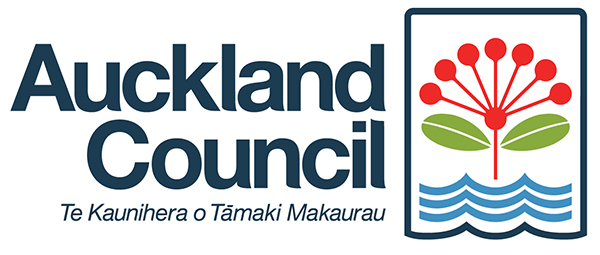International examples of access to the arts
This page provides links to articles about international arts and community development, and accessible arts practice. If you have read an interesting article, you may like to email us so we can post it on this webpage.
Accessibility in practice
Accessibility in the arts: a promise and a practice
This guide is focused on the capacity of small-scale arts organisations to meet the needs of disabled communities. It details ways that disabled people are excluded from cultural spaces and offers possible solutions to those barriers. This 36-page guide to accessibility, published in the US, says that sometimes organisations list access information in the “About” or “Info” section of their websites instead of featuring it prominently on the homepage. “The only thing more inaccessible than an inaccessible space is not providing information about how the space is structured.” Read more
Arts in communities
Six creative ways artists can improve communities
From Community Supported Art in Canada and Gap Filler in New Zealand, to a Neighbourhood Postcard Project in Chile and a New York project that stages work in laundromats, Laura Zabel writes in The Guardian about some of the ways artists and communities can pull together. Read more
Festivals
Access and inclusion at the Melbourne Fringe
Melbourne Fringe is committed to access and inclusion for all people. It runs a range of programmes and initiatives aimed at reducing barriers and supporting artists to deliver accessible events. Read more
Performance
How relaxed performances allow more participation
A Canadian article gives varied examples of how relaxed performances are making its theatre scene more accessible for people with disabilities so they can participate in ways they previously weren't able to, and explains why this is so important and should be applied to the performing arts worldwide. Read more
How relaxed performances are transforming theatre experiences
“Anyone who works in the arts really has to have a passion for what they do, and if you have that passion, I’d hope you’d want to share it with as many people as possible. Any time you design a performance that isn’t inclusive, you’re telling someone they’re not welcome … and unless we’re making art for everyone, we’re kind of making it for no one.” Read more
Theatres changing the world
Ramps on the Moon wants to change the world. It’s a consortium of six UK regional theatres and disabled-led Graeae Theatre Company, set up to increase opportunities for Deaf and disabled people as performers and audiences. This film explores the journey of institutional change happening as a result of the initiative. Watch the audio described film on YouTube
Museums
Access to Opportunities programme at the Smithsonian Museum
Access to Opportunities is a Smithsonian Museum internship programme for people with disabilities, specifically young adults who are American citizens or permanent residents. It is a paid internship whose goal is to help young people transition from school to work. Read more
Accessible Metropolitan Museum of Art
The Metropolitan Museum of Art in New York is fully accessible, with a wide range of programmes for disabled people, their friends and families. It has wheelchair access, and elevators and escalators throughout the building. For Deaf and partially Deaf people there are regular talks and lectures with FM-assisted listening devices as well as Real-Time captioning by request and Sign Language or sign language-interpreted gallery talks. For blind and partially sighted people, there are guided touch tours and a touch collection where visitors can touch sculpture and other objects, and verbal imaging tours where the guide describes works of art in detail. Read about these and other examples of its accessible practice and programmes
Explore our info hub
- Directories (opens in a new tab)
- Discounts and donations
- Funding information (opens in a new tab)
- International examples (opens in a new tab)
- Media and promotion
(opens in a new tab) - Technology and innovation (opens in a new tab)
- Opportunities (opens in a new tab)
- Research(opens in a new tab)
- Resources
- Recommended links (opens in a new tab)


